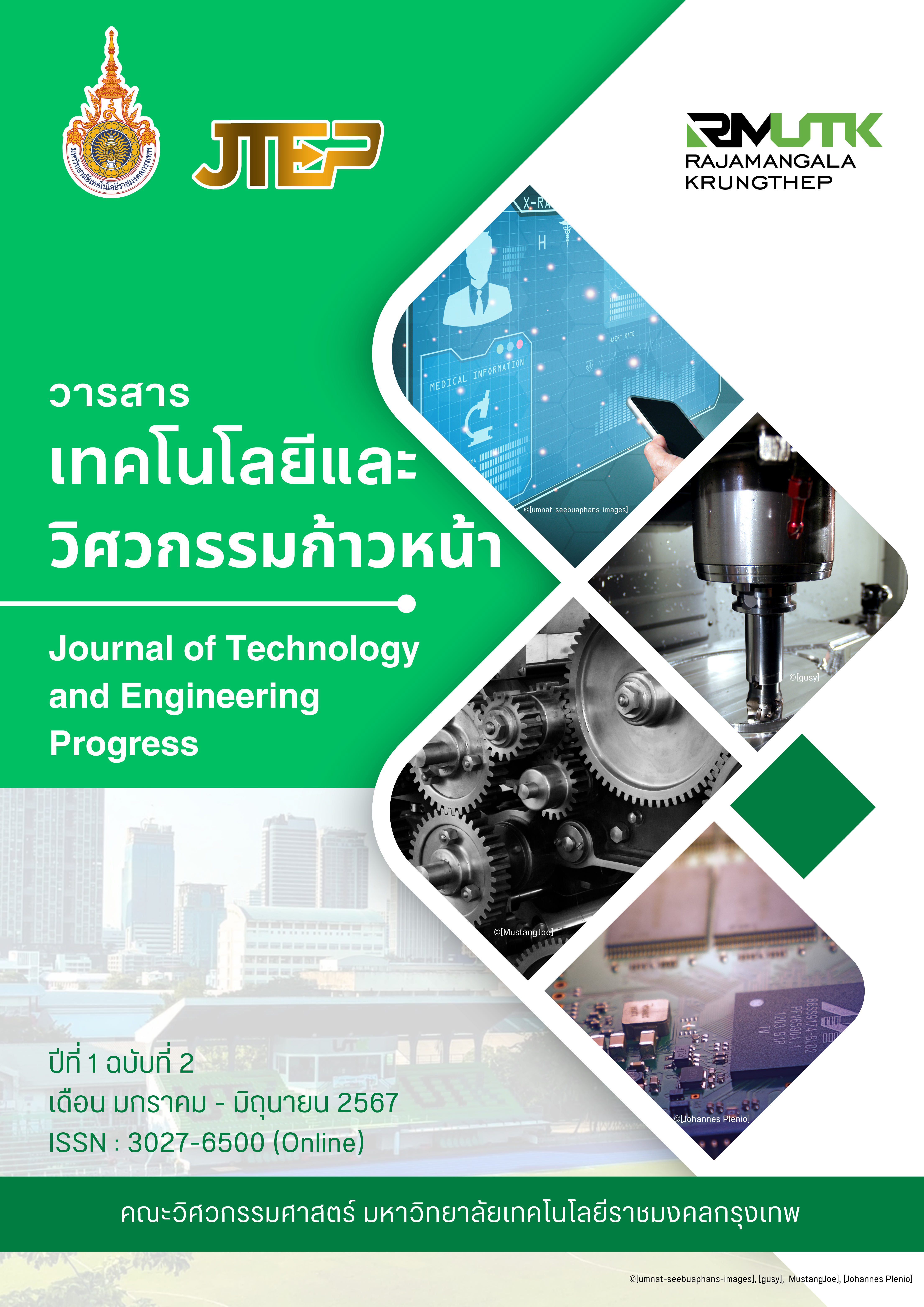Assessment of Railway Infrastructure Restoration Options A Case Study of the Northeastern Railway
Main Article Content
Abstract
Railway infrastructure plays a crucial role in both the economy and society. Deterioration of these structures can significantly impact the safety, efficiency, and reliability of railway transportation systems. Therefore, railway infrastructure rehabilitation is essential. This research aims to investigate the multi-criteria decision analysis (MCDA) techniques employed for railway rehabilitation. The objective is to develop a methodology to assist in selecting the most appropriate rehabilitation strategy for each scenario. This research utilizes the MCDA framework to develop the methodology. The MCDA method comprises the following steps: Identify Alternatives: Define all possible rehabilitation strategies. Define Criteria: Establish factors crucial to the decision-making process, such as cost, safety, duration, etc. Evaluate Alternatives: Assess each alternative based on the defined criteria. Analyze Results: Analyze the evaluation results to select the most suitable rehabilitation strategy. This research develops an MCDA methodology for railway infrastructure rehabilitation. The methodology encompasses various tools and techniques that can assist decision-makers in selecting the most appropriate rehabilitation strategy for each scenario. MCDA is an effective tool for railway infrastructure rehabilitation. The MCDA and FMADM methodology developed in this research can aid decision-makers in selecting the most suitable rehabilitation strategy, ensuring the safety, efficiency, and reliability of railway infrastructure.
Article Details

This work is licensed under a Creative Commons Attribution-NonCommercial-NoDerivatives 4.0 International License.
Journal of Technology and Engineering Progress is licensed under a Creative Commons Attribution-NonCommercial-NoDerivatives 4.0 International (CC BY-NC-ND 4.0) licence, unless otherwise stated. Please read our Policies page for more information
References
Liu, Y., & Wang, Y. (2020). A multi-objective optimization approach for railway track maintenance planning considering reliability and economic performance. Transportation Research Part C: Emerging Technologies, 112, 102717.
Tiwari, A. K., Goel, S., & Kumar, R. (2022). Multi-criteria decision analysis for prioritization of railway bridge maintenance under budget constraints. Journal of Rail Transport Planning and Management, 100618.
Zang, W.-S., Wang, H., & Zhang, C. (2019). A multi-objective optimization approach for railway track maintenance planning considering reliability, cost, and environmental impact. Journal of Advanced Transportation Systems, 13(4), 1-12.
Kumar, R., & Pandey, R. K. (2020). Multi-criteria decision analysis for prioritization of railway track maintenance under budget constraints. Journal of Rail Transport Planning and Management, 87, 102323. [5] T.L. Saaty, International Journal of Services Sciences, 1, 83–98 (2008).
Kalali, M. (2011). Solaris fault administration using fmadm command. The Pensieve - Masoud Kalali's Blog. Retrieved from https://kalali.blog/posts/
Saaty, T. L. (1986). The analytic hierarchy processes. McGraw-Hill.
Hwang, S. Y., & Yoon, K. (1981). Multiple-attribute decision making: Methods and applications. Springer Science & Business Media.
Klungboonkrong P. Development of A Decision Support Tool for The Multicriteria Environmental Impact Evaluation of Urban Road Networks. [Ph.D. Dissertation]. Australia: School of Geoinformatics, Planning and Building, University of South Australia; 1998.

